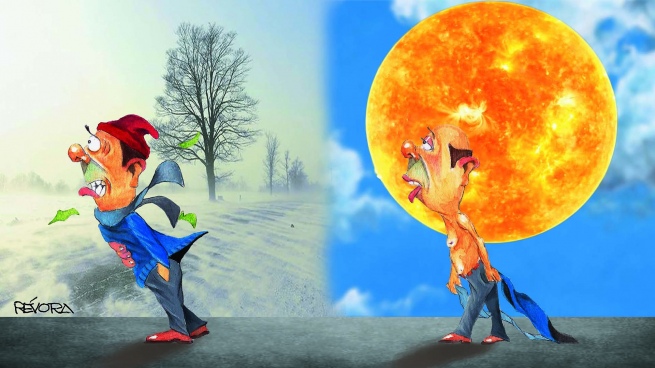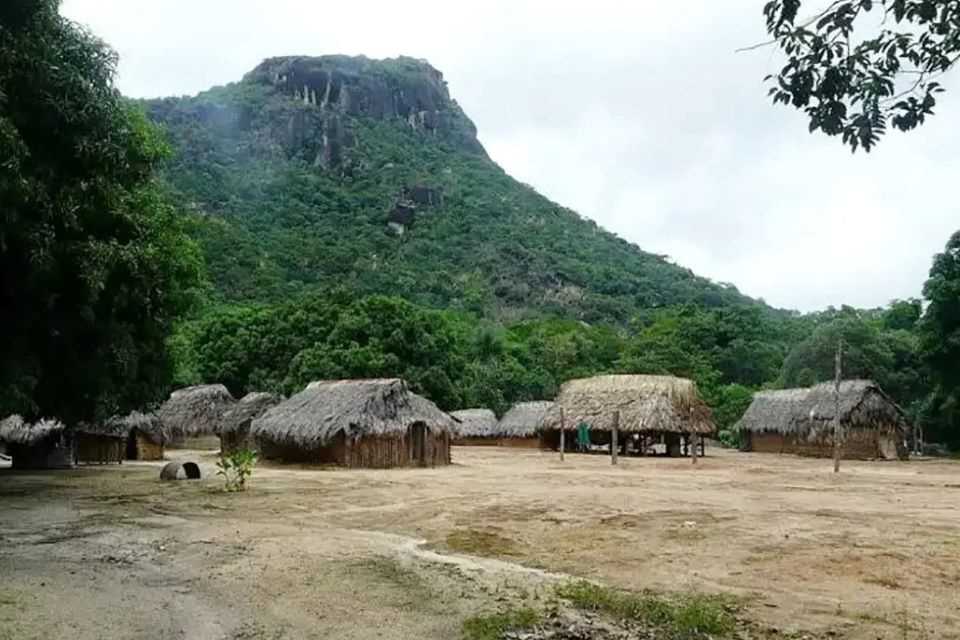Spring has good press, but in Argentina it could lose it if the daily thermal amplitude continues to be so marked that it forces us to think more than twice about whether to go out dressed for winter or summer. The temperature swings too much and the million dollar question is why.
It’s La Niña, stupid
The weather phenomenon known as La Niña It is a coupled phenomenon between the ocean and the atmosphere that produces a decrease in temperatures in a region of the Pacific that, when it persists for more than six months, generates a global air circulation change.
“When there is a La Niña phenomenon, the air circulates differently and those changes that occur in South America in general and in Argentina in particular are characterized by the humidity does not come from the Amazon. When they arrive frontal systems encounter a dry atmosphere and no storms form or rains are generated“, the meteorologist Ignacio López Amorín explained to Télam.

“Cold air masses arrive from Patagonia, it does not rain because there is no humidity and frost forms. The thermal amplitude this Wednesday is due to the fact that the environment is very dry and we have a North wind“, he added.
It is something similar to what happens in the desert: hell during the day, a glacier at night, but on a local scale.
“We have been with La Niña for three years. In the last 120 years, it has only happened three times that there are three consecutive years with this phenomenon,” he pointed out.
The meteorologist Cristian Garavaglia agrees with his colleague: “In a context of three years in a row with La Niña, as there is no humidity, the cold fronts do not generate rain and during the day the temperatures rise a lot. Later in the spring this is reversed”.
and told that the effects of lack of humidity are felt in the body. “When I sleep my whole mouth is dry, I go running and get out a lot because of the salt in my body“he counted.

According to the meteorologist Melissa Patanella“when the climate is very dry, the thermal amplitude is larger. This Wednesday there was a minimum of 12 degrees and we expect a maximum of 29, and the humidity is below 50 percent for Federal Capital”.
He also said that according to the latest report from the National Meteorological Service on El Niño and La Niña, there is a 89 percent chance that the phenomenon will persist with their associated atmospheric conditions the rest of the year.
That is, dry days with a wide temperature range.
Everything has to do with everything
Lower humidity in the core zone of Argentina, droughts, greater thermal amplitude, everything is related to the same thing: the effects of climate change.
According to data from the National Institute of Agricultural Technology (INTA) of Pergamino, this last quarter of 2022 is just as dry as 1913.
Experts on the subject assure that in 2023 La Niña will no longer be present. This is good news, but one swallow does not make a summer: global warming and global climate problems continue to be great challenges for the planet.
For now, in Argentina it will be a matter of continuing to dress like an onion.
















